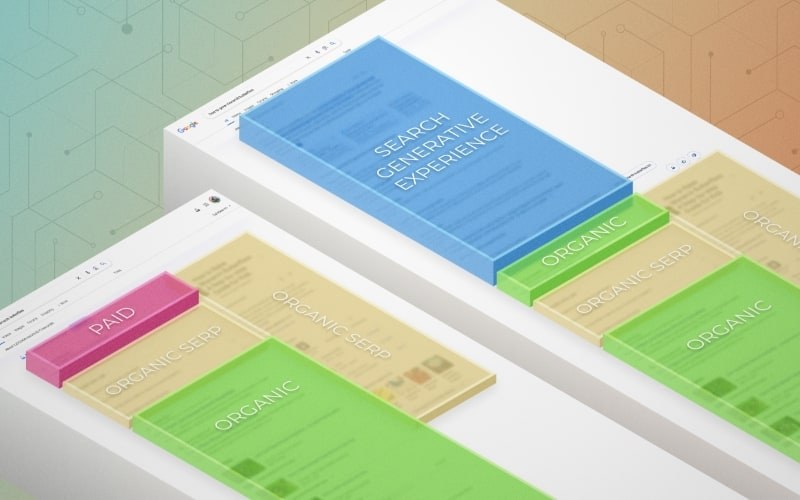Search
This year, Google Adwords rolled out Expanded Text Ads (ETA), offering marketers a little more real estate for paid search ad text – 45 characters, to be exact. Then, in October, Bing released Expanded Text Ads globally, sending pay-per-click (PPC) professionals and business owners scurrying to update their ad copy.
The ad text changes are meant to provide visual consistency in how paid search ads are displayed, whether the user is on a laptop, tablet or mobile device. But if you’re like many marketers, you might be struggling to revise your ad text.
Here are 11 tips to help you write effective PPC ad copy:
- Write down your campaign objectives before you begin, so you can refer to them as you write. Do you want to drive traffic? Do you want your prospects to call? Buy? Visit? What do you want them to do when they get to your website? What landing page would best accomplish this? Do you want them to call to make an appointment? Watch a video? Download specs or more information? Nail down your objectives in advance, and check them against each ad to ensure the ads will deliver.
- Include important keywords relevant to the search (this assumes you’ve already done your keyword research). Make your headline count. Also include keywords in your display URL. Search engines will bold or highlight the keywords within the ads, providing a visual representation of relevancy to the searcher. Consider dynamic keyword insertion where the search engine incorporates the keywords the prospect used in the search. Be careful here, though. Don’t use this tactic in an ad group where you are bidding on competitive brand names.
- Use language your searchers use rather than brand language. Brand language is important to a company/product identity. How we want people to refer to our brand may not be how a prospect searches for that category’s product or service in general. You can balance the two, however. With just 140 characters, lean toward how the prospect describes your product or service within your ad text. You can distinguish your brand on your landing page.
- Deliver on the searcher’s intent. What’s the searcher's intent in the use of those specific keywords? What specific information are they looking for? Address the answer in your copy with the promise of delivery if they take the action required.
- Pre-qualify your prospects by including information that either solidifies or eliminates them as prospects, so you are not paying for clicks that won’t convert to a sale. Include such things as pricing information or details about the product. For instance, are your construction tools cordless or battery operated? Do you have specific finishes available in your lighting or kitchen or bathroom fixtures? Are you advertising a contemporary or mid-century style in your new product?
- Highlight what makes your product or service different from the competition. This will help you stand out from the crowd and give you a chance to resonate with your potential customers.
- Use ad extensions to provide more information such as additional sitelinks, business hours, location information or service opportunities such as free shipping. Ad extensions provide more visibility and relevancy and take up more ad real estate. Most importantly, they improve your click-through-rate (look for more on this subject in a future post).
- Drive desired action. Ask or tell your user what you want them to do by including a call-to-action - click, call, buy, visit, watch, etc.
- Deliver on the promise by sending them to the correct landing page. Make sure this information is available on the landing page, or they will quickly bounce. Don’t send them searching your website for the information.
- Stay focused; put yourself in their shoes. Writing cute and clever ad copy is tempting, even fun. After all, the name of the game is to get their attention and stand out from the crowd, right? Stop and think about this a moment. You have 140 characters to get your point across. Will the prospect get the message through that cleverness? When they see your ad, will they be entertained or annoyed? Do you want them to click out of curiosity, or because you promise to deliver on their intent? It’s more important to pay for the right prospect to take the intended action rather than to entertain or delight. Don’t get carried away by creativity.
- Test, refine and test some more. Write a variety of ads to see what resonates with your prospects. Revise to get the most out of your ad copy. Which ads deliver the most qualified prospects? Convert to desired actions? Which ads earn the best quality scores and, as a result, provide the most efficient cost-per-clicks? Review, analyze, tweak, repeat.
Need assistance in your PPC copywriting or campaign planning and management? Contact Kent Panther at kpanther@wrayward.com. We’d be happy to help.


